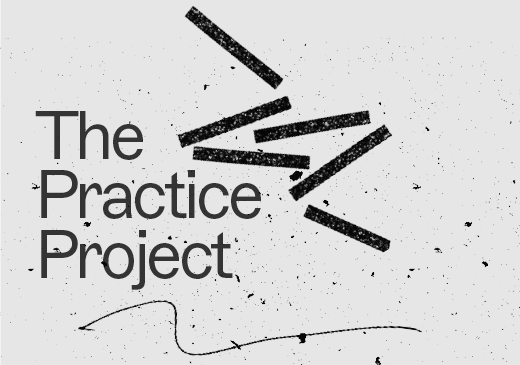Introduction
In this fourth post from our ‘Practice Project’ series, we're covering a crucial topic for every musician: injury prevention.
We know from existing research that the risk of musicians picking up injuries, as a result of playing their chosen instrument, is relatively high. Muscle strains and sprains, nerve compression and joint disorders - as well as anxiety and neurological problems - are unfortunately quite common among musicians. And this is not just the case among seasoned musicians, but for music students too. Recent research has shown that roughly 20% of music students experience playing-related injuries at some stage during their studies.
But the good news is there are proven methods to reduce the risks of picking up an injury. Drawing on the 2011 article, ‘Injury Prevention: What Music Teachers Can Do’, by Christine Guptill and Christine Zaza, we explore several simple techniques for safer musical practice. So irrespective of your chosen instrument or musical genre, we offer some practical advice for reducing the risk of performance-related injuries and promoting healthier practice habits for yourself or your students.
Warm up and cool down
Much like an athlete prepares for an event, musicians should warm up before starting to practice or perform, and also cool down afterwards. Guptill and Zaza recommend a physical warm-up that aligns with the demands of your particular instrument, and then stretching afterwards to reduce any muscle stiffness or soreness.
For instance, wind players might warm up by practicing deep-breathing, while pianists and string players can begin practice sessions with slow, comfortable playing. In short, do whatever warm ups and cool downs work best for you, but make sure you follow a consistent routine.
Also, make sure the room that you practice in is reasonably warm - playing with cold hands in a cold room isn’t good for you (or your instrument).
Take regular breaks
Taking regular breaks during your music practice is a very simple, and very effective, way to reduce the risk of injuries. Guptill and Zaza recommend building two types of breaks into your sessions: micro-breaks of 30 seconds, that provide a short respite during intensive practice; and longer breaks - of at least 5 minutes every half an hour or so - to let the mind and body recuperate properly before the session resumes.
The length of your longer breaks can obviously be varied according to the physical demands of your instrument and/or how intensively you are practicing.
Don’t ‘crash’ practice
So-called ‘crash’ practicing involves prolonged, intensive practice sessions which can impose a mental and physical strain on musicians and students. This sort of practice is to be avoided. Instead, Guptill and Zaza recommend short, frequent practice sessions - with regular breaks (see above) - and developing good technique that avoids physical tension. This should make your practice sessions more enjoyable and more manageable, and also prevent mental and physical fatigue.
Practice ‘smart’
The final practice habit advocated by Guptill and Zaza is practicing ‘smart’. In other words, take time to think about what, how and why you are practicing. There are several possible elements to this approach, but the particular techniques covered by Guptill and Zaza in their article include:
- Identifying the specific difficulties you might have with a piece of music - which could be technical or rhythmic - then breaking down the piece into smaller sections and working on each section methodically, until your resolve the problems and you can achieve accuracy and fluency.
- Working on your posture: maintaining a comfortable and efficient playing position is crucial to injury-free practice. Maintaining the natural curves of your spine, whether you are sitting or standing, can directly reduce the risk of posture-related injuries.
So avoid slouching or hyper-extending your back, both of which can cause tension and pain. But this doesn't mean being static - you should be able to move naturally and dynamically with the music.
Lastly, if possible, ensure that your chair and instrument are custom-fitted, to reduce any strain on your body. Guptill and Zaza surmised that, if you can actively work on your posture and playing position as part of your practice, you will be more comfortable and efficient when you are playing, and your technique should then naturally improve.
- 'Cognitive rehearsal' or 'imaging': this involves visualising a successful performance of the music you are practicing before physically executing the performance. This type of mental practice has been shown to boost self-confidence and engender more successful performances.
Conclusion
Guptill and Zaza concluded from their research study that music teachers have a central role in preventing playing-related injuries among their students - and it’s hard to argue with that. By fostering the correct practice habits and techniques, music educators can ensure a healthier musical journey for all students.
If you feel any twinges, pain or areas of tension during a practice session, make sure you discuss it as soon as possible - with your teacher, a physiotherapist, or an Alexander Technique practitioner.
